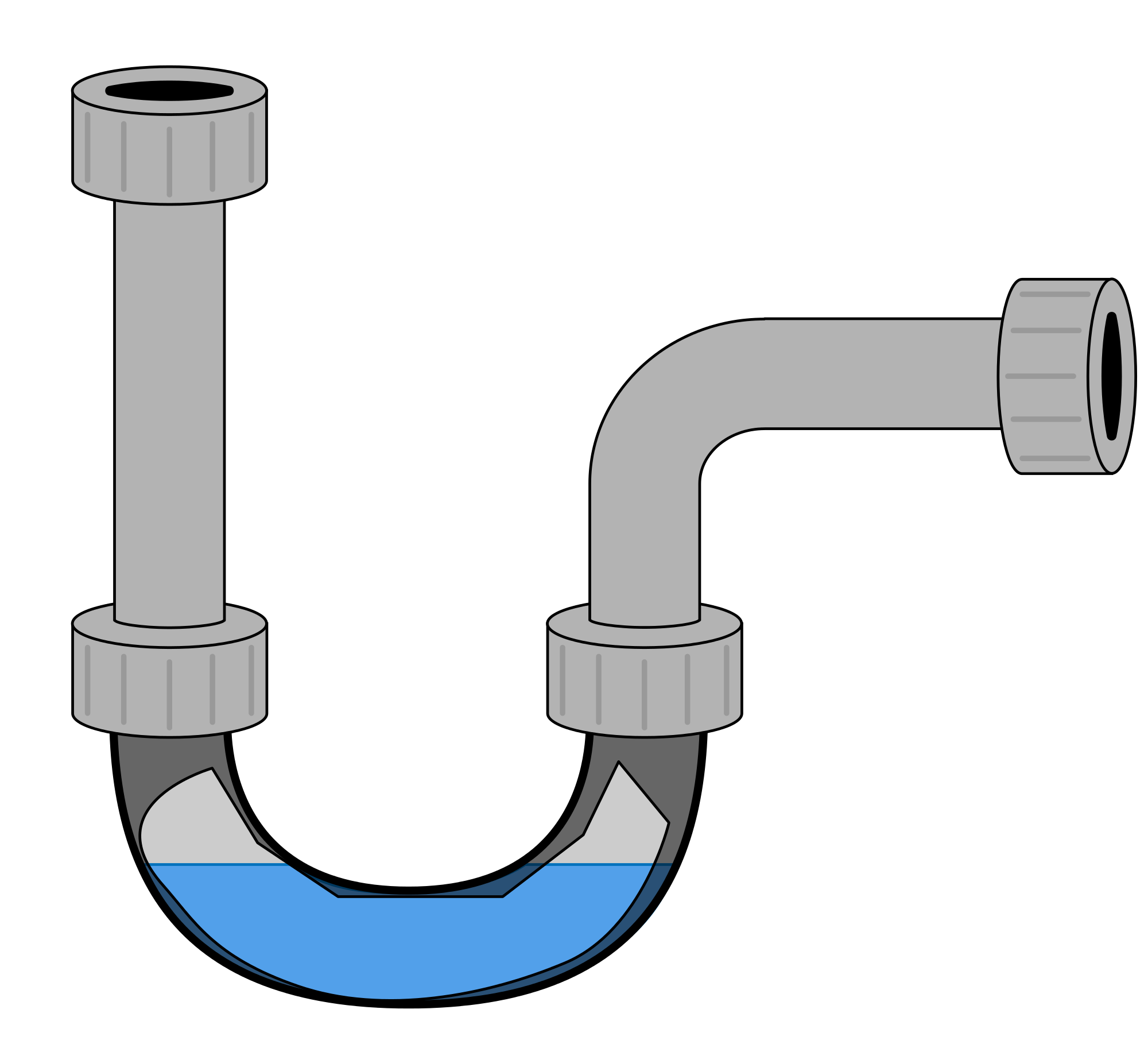Seek Out That Leak In Your Home
Can’t find the source of that dripping sound coming from your home? Alternatively, are you getting damp or water leakage, but aren’t sure where it’s coming from? Leaks can often be difficult to locate and can occur due to a variety of reasons. Here’s a brief of guide on how you can seek out that leak and get it patched up.
Roof leaks
The most common form of leak comes from the roof. A loose tile, broken sealing around a chimney or a puddle on a flat roof can all be the cause of such a leak. Finding these isn’t always easy. By going up into your attic and looking at the inside of the roof you may be able to see where the drip is coming from, but that isn’t to say that the water is entering through that part of the roof.
[Photo courtesy of music4life/pixabay.com]
For manually locating the leak yourself your best option is to go up on the roof with a hose and run it over the roof. Have someone else stand on the inside of your attic with a walkie-talkie/phone. When you run your hose over the place where the leak is entering, water will drip through into the inside of the building and they an alert you.
You should also look out for cracks in walls and shiners (stray nails that freeze up in winter and then start dripping as the temperature heats up). Another option could be internal piping in the attic (discussed later on).
Sometimes it may be easier and more convenient to look into local roofing companies that can locate the leak fast and repair it for you. You may be able to replace a tile yourself or repair a crack with caulk, but other jobs such as replacing a flat roof can be trickier.
Internal plumbing leaks
Various plumbing faults can often be the perpetrator. Leaks from baths, showers and toilet cisterns are often easy to locate. However, internal piping leaks may be more difficult – especially if the pipe is buried in a wall somewhere. Look out for nearby dampness. You can also check the water pressure for a fault by placing meters around you house – this is often much better carried out in the hands of a professional plumber.
Sealing and joints in pipes are where leaks will often occur, often simply as a result of wear and tear over time. Underground piping can also sometimes be an issue.
Underground leaks
The leak may not be coming from above, but below. You can usually identify an underground leak from dampness on the floor. This will often be underfloor piping, however it could also be a weakness in the foundations or a gap beneath a door. Floorboards may need to be pulled up, which could require hiring a flooring company to take a look. If you suspect it may be piping, try hiring a plumber to take a look. You should be able to tell whether it is piping or bad weather from when dampness most commonly appears.





